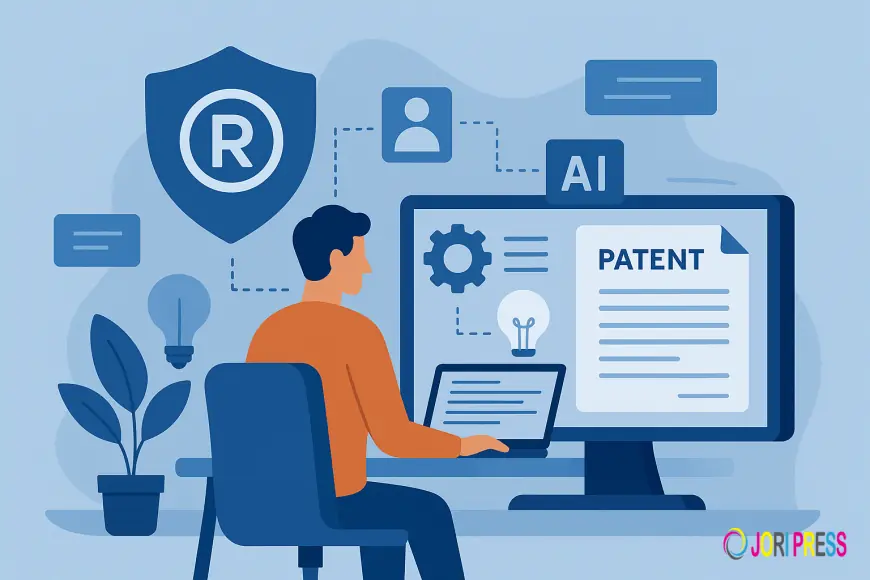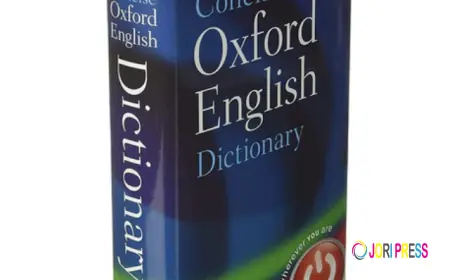AI Patent Drafting in 2025: What Attorneys Need to Know
Artificial intelligence is no longer a futuristic buzzword in IP law—it’s a daily tool. By 2025, intellectual property AI software is playing a major role in how patent applications are researched, drafted, and filed.

Artificial intelligence is no longer a futuristic buzzword in IP law—it’s a daily tool. By 2025, intellectual property AI software is playing a major role in how patent applications are researched, drafted, and filed. For the software patent attorney, this means a dramatic shift in workflow. AI doesn’t replace legal expertise, but it changes how attorneys allocate time, interact with clients, and deliver value. Understanding these shifts is critical for any IP professional who wants to remain competitive.
The Traditional Role of the Software Patent Attorney
Historically, software patent attorneys have been tasked with blending legal knowledge and technical fluency. Their role has included:
-
Translating invention disclosures into precise claims
-
Drafting detailed specifications and figures
-
Conducting prior art searches to determine patentability
-
Responding to examiner rejections and office actions
-
Managing large portfolios of global filings
This work has always required human insight, but much of it has also been highly repetitive. Drafting boilerplate, formatting IDS filings, and combing through prior art databases consumed hours. AI now helps attorneys reclaim that time.
What Is AI Patent Drafting?
AI patent drafting refers to the use of machine learning and natural language processing to support or automate parts of the patent drafting process. Instead of manually creating claims line by line, attorneys can use intellectual property AI software to:
-
Generate draft claims from invention disclosures
-
Suggest alternative wording to broaden or narrow scope
-
Identify potential conflicts with existing prior art
-
Automate standard sections of the specification
-
Pre-fill forms and generate IDS submissions
These tools aren’t perfect. But they speed up drafting while leaving attorneys in control of strategy and oversight.
Please visit: righthub[.]com
How AI Is Used in Patent Drafting in 2025
1. Prior Art Search and Analysis
AI search engines scan millions of patents, publications, and technical papers in seconds. They highlight the most relevant references, reducing hours of manual searching. The attorney still evaluates the legal impact, but the heavy lifting is automated.
2. Claim Language Generation
AI-assisted drafting tools can generate claim skeletons based on technical disclosures. They offer variations of independent and dependent claims, ensuring attorneys don’t overlook common structures. Attorneys refine these drafts to align with client goals and examiner expectations.
3. Specification Support
From background sections to detailed descriptions, AI systems now help draft repetitive or standard text. Attorneys add the nuance, tailoring the content to highlight inventive step and novelty.
4. Office Action Responses
Some platforms even suggest draft responses to examiner rejections, citing case law and amending claims automatically. Attorneys review, adjust, and finalize, cutting down on time spent drafting routine arguments.
5. Billing and Workflow Integration
By integrating with law firm billing systems, AI platforms capture time entries as attorneys review or approve AI outputs. This reduces write-offs and ensures compliance with LEDES and UTBMS codes.
Opportunities for Software Patent Attorneys
Efficiency and Cost Savings
AI frees attorneys from repetitive drafting, enabling them to handle more matters without sacrificing quality. This creates cost savings for clients and higher margins for firms.
Better Client Communication
AI-driven analytics predict the likelihood of examiner rejections, prosecution timelines, and filing outcomes. Attorneys can share this data with clients, strengthening trust and transparency.
Access to Global Portfolios
AI tools that integrate global filing rules and annuity deadlines help attorneys manage international portfolios more seamlessly.
Risks and Limitations
Over-Reliance on AI
While AI can generate drafts, it can’t fully understand inventive step, commercial strategy, or litigation risks. Attorneys must validate every output to avoid errors.
Confidentiality Concerns
Uploading invention disclosures into cloud-based AI tools may raise confidentiality issues. Attorneys must ensure vendor compliance with SOC 2, GDPR, and client confidentiality obligations.
Ethical Considerations
Attorneys must remain responsible for work product. Passing off AI-generated drafts as final without human oversight could create malpractice risks.
How Attorneys Should Adapt
Focus on Strategic Value
Rather than spending hours drafting boilerplate, attorneys should focus on advising clients: where to file, how to scope claims, and whether to protect via patents or trade secrets.
Build AI Oversight Skills
Attorneys must learn how to evaluate AI outputs, spot errors, and apply professional judgment. The value lies in being a skilled reviewer, not just a drafter.
Embrace Hybrid Billing Models
As AI reduces drafting time, firms may shift from hourly billing to flat fees, subscriptions, or value-based arrangements. Attorneys must adapt billing practices to reflect efficiency gains.
Choosing the Right Intellectual Property AI Software
When selecting tools, look for:
-
Accuracy: How often do results require correction?
-
Transparency: Does the software explain its reasoning?
-
Integration: Can it link with docketing, billing, and document management systems?
-
Security: Does it meet industry standards for encryption and compliance?
-
Support: Is training available for attorneys and staff?
A careful selection ensures you gain efficiency without compromising quality.
The Future of AI Patent Drafting
Looking ahead, expect:
-
Deeper automation: More complete draft applications generated from disclosures.
-
Predictive analytics: Systems that forecast examiner behavior and suggest proactive claim strategies.
-
Smart contracts: AI-driven tools that tie patent milestones to billing events.
-
Global harmonization: Platforms that automatically adjust filings for different jurisdictions.
The software patent attorney will remain indispensable, but their role will evolve from drafter to strategist and AI supervisor.
Conclusion
By 2025, AI patent drafting has become a core part of modern IP practice. For the software patent attorney, this doesn’t mean obsolescence—it means transformation. Attorneys who embrace intellectual property AI software gain speed, accuracy, and client trust. The future belongs to those who can balance human judgment with machine efficiency.
What's Your Reaction?
 Like
0
Like
0
 Dislike
0
Dislike
0
 Love
0
Love
0
 Funny
0
Funny
0
 Angry
0
Angry
0
 Sad
0
Sad
0
 Wow
0
Wow
0























































